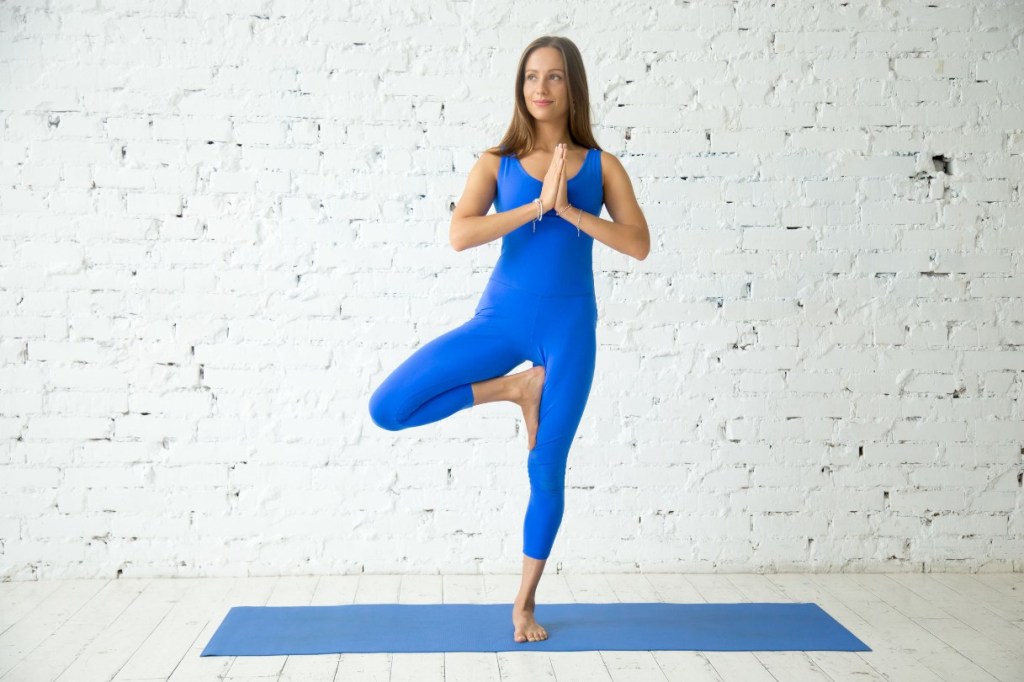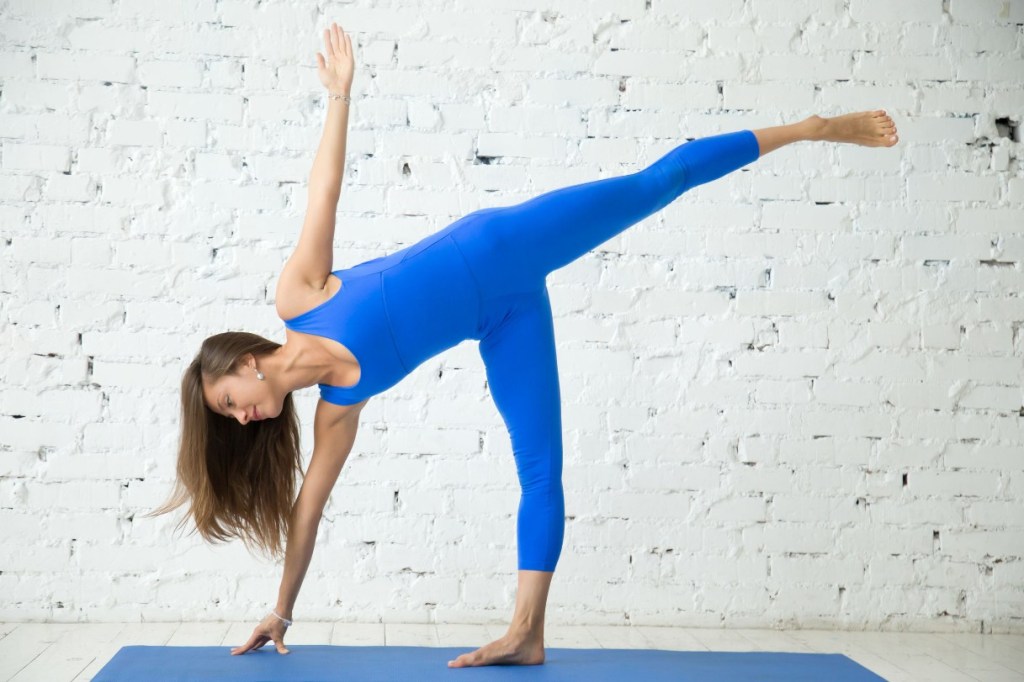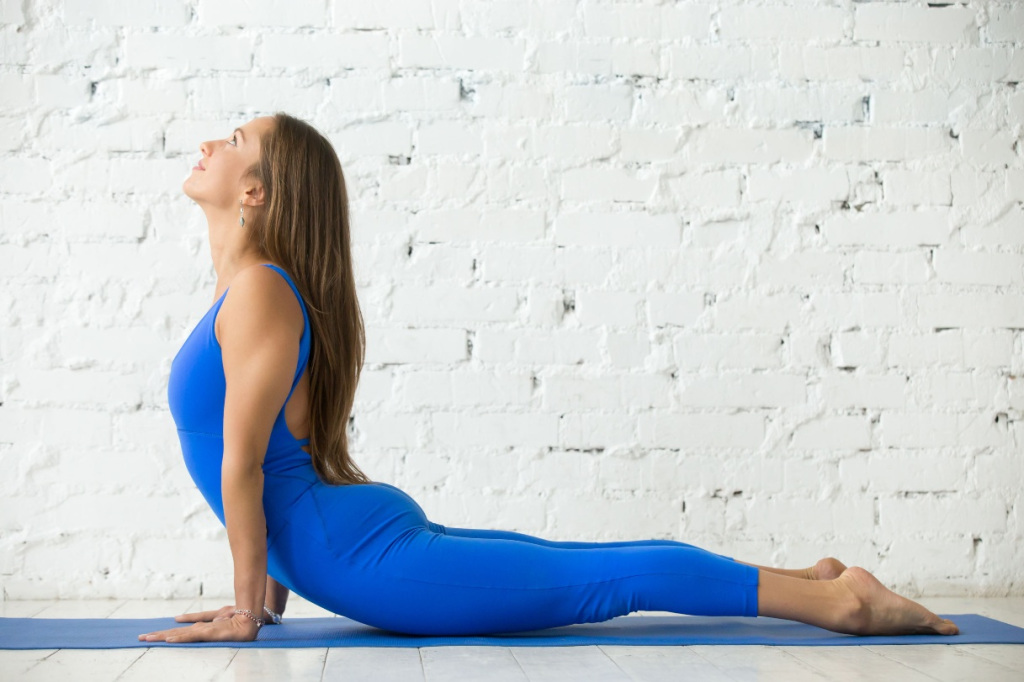Table of Contents
How to do
There are several benefits to wanting to practice yoga within your own walls. First of all the intimate environment and the being able to feel at ease. Furthermore, the lack of the sad but real aspect of competition: yoga was born as a tool to know and develop internal discipline, deep contact with oneself / and also through breathing and mantra recitation. Unfortunately, in the spread in the West, the asanas ended up represent the main aspect and it often happens to see practitioners in a room who even subconsciously challenge each other. Another matter if you live a certain competition with yourself / and; in that case there is no teacher who can curb this dangerous impulse.
Before you start practicing yoga at home you should get to grips with the main reason you do it: what are the objectives, what is expected, what is feared, what physical and psychological basis do we start from. These are all aspects that should not be overlooked, together with the main choice: to rely on an online teacher or teacher? To be followed individually in the presence? If you buy a package online and don’t know the teacher it would be good first inquire and try to understand also based on social interactions, curriculum and a dialogue, if you are with the person you are choosing as teacher or teacher.
Tips to practice better
What are the best tips for those who want to practice yoga at home? First of all: prohibition of various distractions! Try to communicate to the rest of the family that this moment is something sacred to you and you would prefer not to be disturbed. It would be good find a separate room, where the connection works well if you take an online course. If you rely on a book or if you carry out a practice that has been going on for some time, you could put on relaxing music or frequencies that help the brain to prepare itself in the best way. Also great idea to switch on one or several candles or incense that enrich the practice and make it special.
If you use a carpet, try to clean it often to avoid accumulating dust and breathe mites especially in prone positions. If you practice on a typical yoga mat, look for it a little often to avoid discomfort in the knees when the load goes on the joints; it is also better to choose non-slip if sweat is important.
Identify the well right time to practice and always try to do it without being digested or with a full stomach. If you are passionate about yoga, you can choose to buy some books and leave them on a small shelf in the space where you practice, so that you have them close at hand.
Approaching yoga: 3 main exercises
We should not speak of exercises but of asanas, or positions that activate certain energies by stimulating certain energy centers (chakras). Let’s see 3 main asanas simple to perform and that take you into the spiritual and physical dimension of yogic practice.
The Tree

This position works a lot on balance and allows you to get to know each other through calm and breath, without expectations. In Sanskrit this position it is called Vrksasana and it really means “tree”. Being an asymmetrical position it must be practiced on both sides. It acts on the first 3 low chakras and is linked to being able to feel one’s “roots”. This position allows you to develop patience and creative power, to have faith and stay in the present.
It starts from the standing position, opens with a good breath and hold the chest up, without arching the lower back. Then one foot is brought to the other leg while the hands are joined in front of the heart. You must feel the right connection between the heart and the hands and strength in the lower limbs. Strengthens the legs, activates the abdomen, improves posture and balance.
Half Moon

This position guarantees abdominal strength, improved balance, going to strengthen pelvis, legs, buttocks. It greatly improves the digestive process and reduces any episodes of constipation. In Sanskrit ardha means “half” and chandra “bright”, “shining” and refers to the “moon”. In other words Ardha Chandrasana corresponds to the “half moon position”.
You go completely on one leg and also the torso of the corresponding symmetrical zone descends downwards, until the fingers touch the ground. Location leads to one strong shift in center of gravity and for this one must keep the front chest. As you breathe your chest expands and your head does not drop down, but stays in line with the leg suspended at 90 degrees. Great to make it with the back against the wall. Then everything is brought to the other side, passing through the standing station.
The Cobra

Great location for lighten your back and decompress it, if done well and without arching too much. In Sanskrit this position is called Bhujangasana.
You stand with the belly down and the body long, the heels in contact, the buttocks active. By inhaling and pressing the palms against the mat, you rise with your head upwards, like a cobra that stretches towards the sky. In the middle cobra it is not the palms that press against the ground but the forearms. This position strengthens all paravertebral muscles and the square of the loins, as well as reducing cervical tension.
Read also










